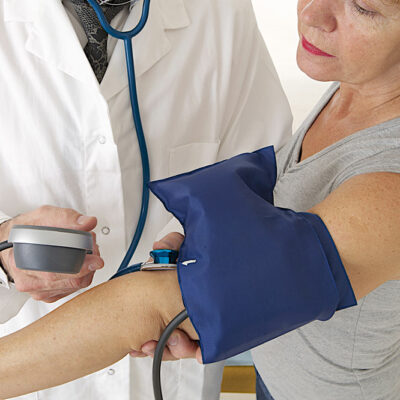
Effective Ways to Treat an Overactive Bladder
An overactive bladder (OAB) can be distressing and can cause embarrassing situations. Thankfully, this condition can be treated and you can gain relief from its symptoms. This article lists out the many treatment options for overactive bladder:
1. Medication
One of the first treatment options for an overactive bladder is the use of medications. Anticholinergics are medicines that help block the nerve signals that make the bladder contract. This increases bladder capacity and helps you get a better control over your bladder muscles. Some other medications used for the treatment of OAB are oxybutynin, tolterodine, trospium, and solifenacin. These medicines can be helpful, but they can also cause side effects, such as a dry mouth, increased heartrate, and blurred vision; they should hence be taken with care and medical guidance.
2. Kegel exercises
Kegel exercises are a natural way of treating OAB. These exercises, also known as pelvic floor exercises, can help strengthen the bladder muscles. When done daily, they can help manage the problem of OAB naturally. The exercise involves contracting and relaxing the muscles that control urination. This helps strengthen them.
3. Diet
The diet you follow can affect the working of your bladder. Certain substances like coffee and alcohol can make the kidneys produce more urine. Citrus fruits, tomatoes, and artificial sweeteners can also increase urine production. Avoiding these foods is recommended. Do not drink less water, as this can make the urine concentrated, thereby worsening the situation. A healthy diet comprising fruits and vegetables with whole grains can be helpful. This improves bowel function, which can be beneficial for the bladder.
4. Bladder training
Bladder training is an important treatment option for OAB. It involves practising emptying the bladder at fixed intervals daily. The gaps can then be increased gradually. This helps strengthen the bladder muscles and train the body to control the urge to urinate.
5. Botox injection
A botox injection into the bladder muscles can relax them. This helps control OAB symptoms. An injection can work for up to six months, and is used for severe cases. It can have side effects like urine retention and infections.
6. Nerve stimulation
In this treatment option, a thin wire is implanted in the lower back. This works like a pacemaker, and sends signals to the bladder, asking it to relax. Another option is to use a needle to send electrical stimulation to the bladder to help improve bladder control.
7. Surgery
If the symptoms of OAB are severe and other options don’t work, then surgery is used as the last resort. Surgery may be done to reconstruct the bladder. This increases the capacity of the bladder. However, it may require the use of a catheter. Inserting a mesh or sphincter is another option. Removing the bladder and diverting urine is an extreme option required in some cases.
The treatment options for an overactive bladder listed in this article can help someone suffering from this condition get relief from the symptoms. Anyone having this condition should see a doctor to get timely treatment.


